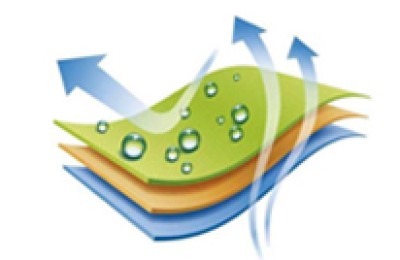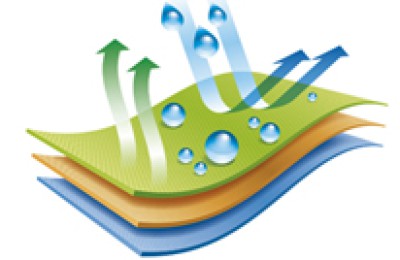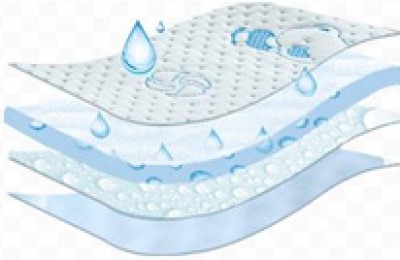The Malaysian Knitting Manufacturers Association (MKMA) welcomes the completion of negotiations on the Trans-Pacific Partnership Agreement (TPP) and hopes that the Malaysian Congress and the people will view the agreement from a macro perspective and then support and sign the agreement.
After five years of lengthy negotiations, the 12 member states finally reached an agreement. These 12 member states account for 40% of global GDP and are a huge market; among them, the United States and Canada are Malaysia’s main export markets for textiles and garments. In 2014, the United States Accounting for 17% of Malaysia’s textile and garment exports, reaching MYR 1.87637 billion (approximately US$536 million).
Chen Congjin, President of MKMA, said that the agreement will change the global procurement model because the United States imposes high import tariffs of 10.2% to 32.5% on imported garments; among them, the import taxes on five categories of popular products are as high as 32.5%. If the import taxes are abolished, , will bring at least 30% growth rate business opportunities to Malaysia’s textile and garment industry, and will double its growth within 5 years.
The association believes that this agreement will change the “rules of the game” for the Malaysian textile and garment industry. In a few years, the entire procurement situation will change, and member states will benefit from it. The association pointed out that not only the exports of the downstream garment industry will benefit, but the entire textile supply chain, including upstream spinning, weaving, dyeing and post-processing products, will benefit from the “starting with yarn” rules of origin.
Under this regulation, if garments want to enjoy tax exemptions or low tax rates, they must use raw materials from domestic or TPP member countries.
According to analysis by the Institute of International Economics, joining the TPP agreement will make Malaysia the second largest beneficiary country after Vietnam. Malaysia: TPP promotes clothing exports and will become the second largest beneficiary country




